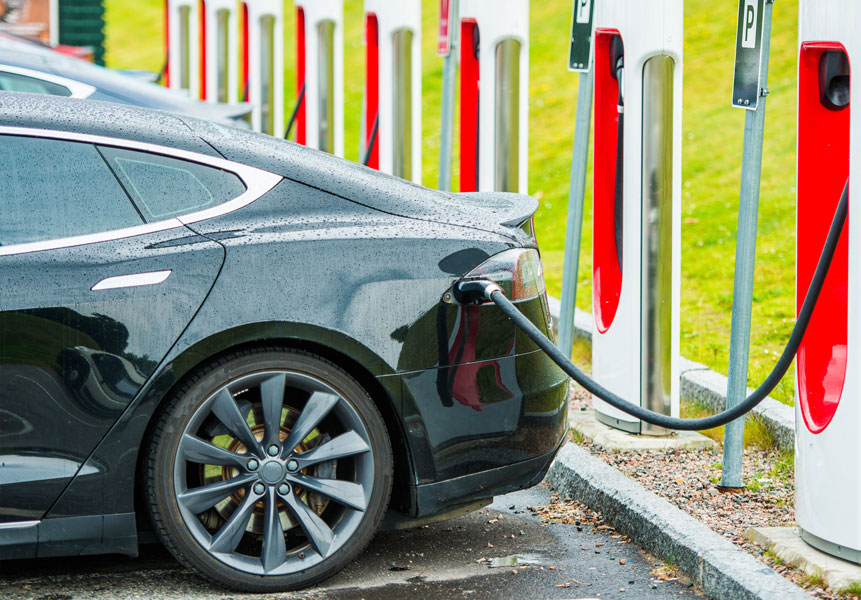ELECTRIC VEHICLE CHARGER INSTALLATIONS (EVSE)
The conversation regarding Electric Vehicles and their necessary counterpart, EVSE (Electric Vehicle Service Equipment), continues to grow at an accelerating and exciting pace…and Smith & Long has been there and will continue to be every step of the way!
As motorized vehicles features, style, function, connectivity, etc. have continued to evolve, many would argue the two most significant topics of recent innovation would be those regarding autonomously driven vehicles and mode of power. On the “mode of power” front, on board electric storage; whether it be any one of the variety of “hybrid” configurations or a 100% electric vehicle, the conversation is game-changing…and exciting!
For the owner (or potential owner) of a 100% electric vehicle, one of the most common concerns revolves around “range anxiety”. That is, the average driver has an engrained habit of monitoring their onboard fuel levels for the purpose of ‘when’ to fill up but with no real concern for ‘where’ to fill up, because there are thousands of available options at all times. This, however, is not the case for the driver of a 100% electric vehicle, where “What if my battery depletes before I can find a suitable source to recharge it?”, is always a prominent concern.
Fortunately, that “range anxiety” call is being answered through a variety of means; education, longer driving ranges on a single charge and…EVSE Infrastructure! Smith & Long has significant experience and expertise in the EVSE infrastructure installations field for both new construction projects and within existing active industrial, commercial and institutional properties.
EVSE charging systems come in three typical configurations:
- Type 1 – Generally supplied with the vehicle from the manufacturer and it is electrically sourced by simply plugging into a standard 120 VAC / 15A receptacle. The EVSE, in turn, plugs into the North American standard SAE J1772 receptacle within the vehicle itself. It will depend on the vehicle and battery capacity as to whether a completely depleted battery will be able to be fully charged overnight.
- Type 2 – Generally purchased as an aftermarket product for charging, it is generally hardwired into a 240 (or 2018) VAC 40A circuit (some manufacturers have higher amperage models) and are available in both single or dual versions. The EVSE, in turn, plugs into the North American standard SAE J1772 receptacle within the vehicle itself.
- Type 3 – Considered as high rate EVSE charging equipment that is hardwired and generally sourced from a 480 or 600VAC supply. The EVSE, in turn, connects directly to the vehicle battery vs. the onboard charger via different connectors depending on the manufacturer.
As the EVSE industry continues to mature, many other exciting products and features continue to rapidly evolve that include EVSE combinations with solar carports, real-time EVSE location, availability and billing platforms, and even VtoG (Vehicle to Grid) Systems. And Smith & Long will be right there…keeping abreast with the latest in technologies and product offerings for our clients!
As part of your corporate sustainability mandate, or perhaps as part of a strategy to gain LEED® (Leadership in Energy and Environmental Design) points for your building, the installation of EVSE infrastructure can be a positive contributor to that end. If striving to achieve a level in LEED® is not your companies endgoal, a EVSE installation project can still serve to promote a positive sustainability corporate culture for employees and stakeholders alike.
At Smith & Long we are both experienced and mobilized to perform the roles necessary for any EVSE project; from a single installation of a Type 2 EVSE…right up to full engineering design, product procurement, permits and approvals, installation, programming, commissioning and testing of complex multi-Type 3 turnkey rollout projects including electrical substations, civil, mechanical and electrical requirements as well as implementing ongoing service and maintenance programs.


 Electrical Services
Electrical Services
